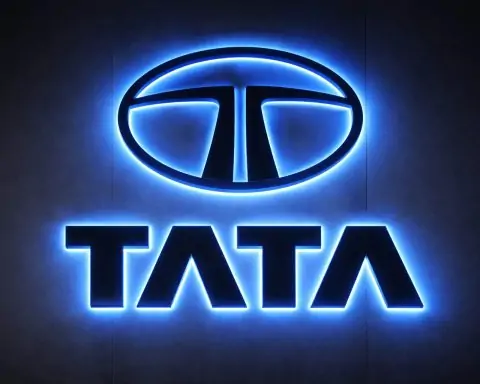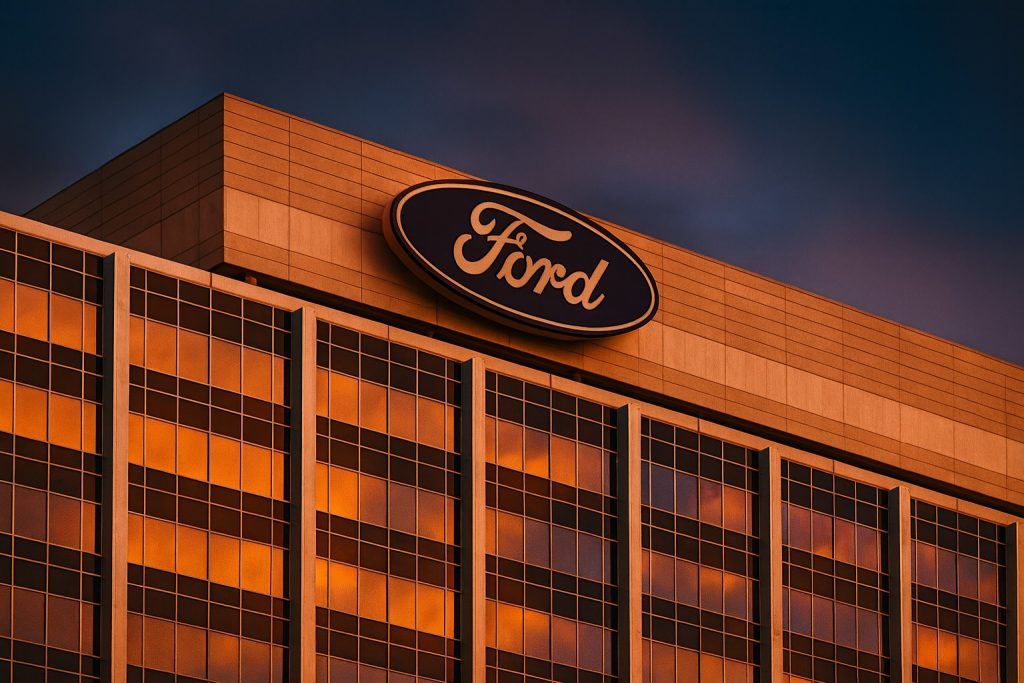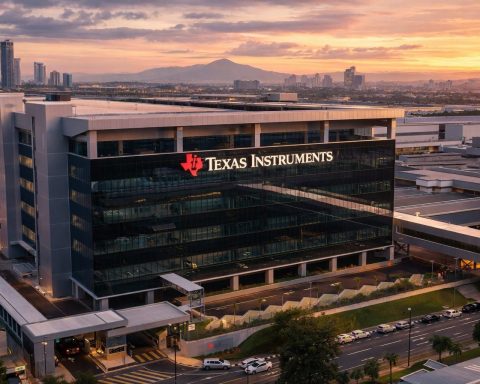Marsh & McLennan CEO John Doyle publicly accused rival brokers of “unlawful and unethical” talent raids during Marsh’s Oct. 16 earnings call [1] [2]. Doyle said competitors’ tactics were a “deliberate strategy” to flout non-compete covenants [3]. The comments came amid a surge of legal battles – Marsh has sued peers like Alliant and Howden for allegedly poaching its teams and clients [4] [5]. In Q3, Marsh reported $6.4 billion revenue (up 11% YoY) and $911 million adjusted profit [6], but its stock still plunged ~8% on the day [7], trading around $190 (mid-Oct. 2025) [8]. Analysts remain cautiously bullish: the consensus is “Buy” with an average 12-month target near ~$231 [9] (JPMorgan recently raised its target to $242 [10]). Marsh also announced a major rebranding – dropping “McLennan” to become simply Marsh in 2026 – and launched a new Business & Client Services unit to centralize tech and data [11] [12].
In a tense earnings call on Oct. 16, Marsh & McLennan Companies (NYSE: MMC) President & CEO John Doyle openly blasted industry competitors for aggressive recruiting tactics. He warned that some rivals are engaging in “unlawful and unethical” hiring practices that deliberately violate contractual covenants [13] [14]. Doyle said these talent raids were part of a “deliberate strategy” to undermine Marsh’s teams by encouraging staff to breach non-solicitation and non-compete agreements [15]. (He did not name firms, but industry observers note that lawsuits between Marsh and brokers like Alliant, Howden and Aon have spotlighted this turf war.) Marsh’s stock fell sharply after the call, signaling investor concern over these conflicts and underlying growth pressures [16].
Marsh has indeed been locked in high-stakes legal battles with peers. In July 2025 Marsh USA sued Alliant Insurance Services, accusing Alliant of “raiding” its commercial surety team and client book [17]. Marsh’s complaint bluntly states that Alliant’s strategy “does not build – it raids,” calling it a deliberate theft of Marsh’s business in violation of contracts [18]. Separately, Marsh filed suit against four former Florida executives who jumped to London-based Howden; according to court papers, they “covertly… aggressively solicit[ed] Marsh’s employees to join them at Howden,” triggering the mass defection of over 100 Marsh staff and at least eight major clients (worth “millions” of dollars) [19]. (Howden declined comment.) These cases underscore what one court noted was Howden’s “track record” of moving entire teams [20]. Marsh has also accused Aon of similar conduct. In short, industry experts say global brokers have become embroiled in a brutal “poaching war,” with each side accusing the others of orchestrating recruitment “raids” that border on antitrust violations [21] [22].
Despite the distractions, Marsh’s underlying business remains strong. For Q3, the company reported $6.4 billion in revenue, up 11% from a year ago [23]. Adjusted earnings came in at $911 million (or $1.85 per share), an 11% gain [24], topping Street estimates. Marsh’s own analysis noted solid demand recovery – citing that clients’ “spending on insurance recovered” after earlier uncertainty (e.g. U.S. trade tariff jitters) [25]. All four business lines contributed: Marsh’s insurance brokerage grew 16% in Q3 [26], Guy Carpenter’s reinsurance arm gained 5%, and consulting units Mercer and Oliver Wyman saw high-single-digit increases [27]. CEO Doyle emphasized that the results “were solid and tracked with expectations” [28].
Even so, the stock market’s reaction was muted. MMC shares closed Oct. 16 down about 8.5% [29], reflecting flat operating margins and macro uncertainty. As Reuters reported, analysts cautioned that softening insurance pricing and uneven economic conditions could weigh on Marsh’s growth going into 2026 [30]. Indeed, Jefferies noted that Marsh’s risk & insurance unit had a 24.7% operating margin in Q3 – flat from a year earlier and below forecasts [31]. (Growth in that segment slowed to 3% underlying [32].) To address cost and boost efficiency, Marsh is reorganizing under a unified “Marsh” brand: starting Jan. 2026 the company and its Guy Carpenter, Mercer and Oliver Wyman divisions will all adopt the Marsh name [33]. A new Business & Client Services (BCS) unit will centralize technology, data and operations, leveraging AI and analytics to improve client service [34] [35]. The stock ticker will even change to MRSH next year.
Market Outlook: Mid-October, MMC trades around $190 [36] (versus ~$204 a few weeks earlier [37]). Year-to-date it is off roughly 4%, lagging the S&P 500. Yet Wall Street remains generally upbeat. The consensus rating is a Buy; 13 analysts covering MMC have a 12-month target averaging ~$231 [38]. Recent actions include JPMorgan upgrading MMC to “Overweight” with a $242 target [39] and UBS maintaining a strong-buy view at $257 [40]. Only a few firms (e.g. Wells Fargo) are more cautious, with targets in the low-$200s. In aggregate, analysts see ~20–30% upside from here. As one ts2.tech analysis notes, popular valuation models peg fair value near $228 [41] – implying Marsh stock may be undervalued if current fundamentals hold. The company’s balance sheet is solid (low leverage, $3B+ cash), and it returned over $1 billion to shareholders via buybacks/dividends in 9M 2025. It trades at about 21–22× forward EPS with a 1.8% dividend yield [42], roughly in line with peers.
Analyst Commentary: Most strategists believe Marsh’s diversified model (insurance broking plus consulting) should weather the industry cycle. “Rising global risk complexity” (cyber, climate, etc.) is cited as a tailwind for brokers like Marsh [43] [44]. Equally, fresh merger-and-acquisition advisory and pension consulting work (via Mercer) are expected to partly offset the recent slowdown in property/casualty rate hikes [45] [46]. Still, some caution that slowing premium rate increases and wider economic worries represent headwinds. William Blair analysts note that “further rate softening, an uneven economy and macro uncertainty” could dampen Marsh’s growth into 2026 [47]. In the near term, investors will watch whether the new Marsh brand and operations overhaul can trim costs and drive cross-selling.
Bottom Line: In summary, Marsh & McLennan remains a leader in insurance and risk advisory, but CEO John Doyle’s public rebuke of rivals highlights the fierce talent war roiling the industry. The company’s solid Q3 results and ambitious rebranding are positive signs, yet legal battles and market pressures are weighing on sentiment. Market watchers will be closely following how these disputes resolve and whether Marsh can sustain its growth and margin targets.
Sources: Citations are to Reuters, Insurance Insider/Business, Insurance Journal, Insurance Business, E&S Insurer, ts2.tech, StockAnalysis.com, and related market data and reports [48] [49] [50] [51] [52] [53] [54], among others.
References
1. www.insuranceinsider.com, 2. www.theinsurer.com, 3. www.insuranceinsider.com, 4. www.insurancejournal.com, 5. www.insurancebusinessmag.com, 6. www.reuters.com, 7. www.reuters.com, 8. stockanalysis.com, 9. stockanalysis.com, 10. stockanalysis.com, 11. www.reuters.com, 12. ts2.tech, 13. www.insuranceinsider.com, 14. www.theinsurer.com, 15. www.insuranceinsider.com, 16. www.reuters.com, 17. www.insurancejournal.com, 18. www.insurancejournal.com, 19. www.insurancebusinessmag.com, 20. www.insurancebusinessmag.com, 21. www.insurancebusinessmag.com, 22. www.insurancejournal.com, 23. www.reuters.com, 24. www.reuters.com, 25. ts2.tech, 26. ts2.tech, 27. ts2.tech, 28. ts2.tech, 29. www.reuters.com, 30. www.reuters.com, 31. www.reuters.com, 32. www.reuters.com, 33. www.reuters.com, 34. ts2.tech, 35. ts2.tech, 36. stockanalysis.com, 37. ts2.tech, 38. stockanalysis.com, 39. stockanalysis.com, 40. stockanalysis.com, 41. ts2.tech, 42. ts2.tech, 43. ts2.tech, 44. ts2.tech, 45. ts2.tech, 46. ts2.tech, 47. www.reuters.com, 48. www.insuranceinsider.com, 49. www.theinsurer.com, 50. www.insurancejournal.com, 51. www.insurancebusinessmag.com, 52. www.reuters.com, 53. www.reuters.com, 54. stockanalysis.com










